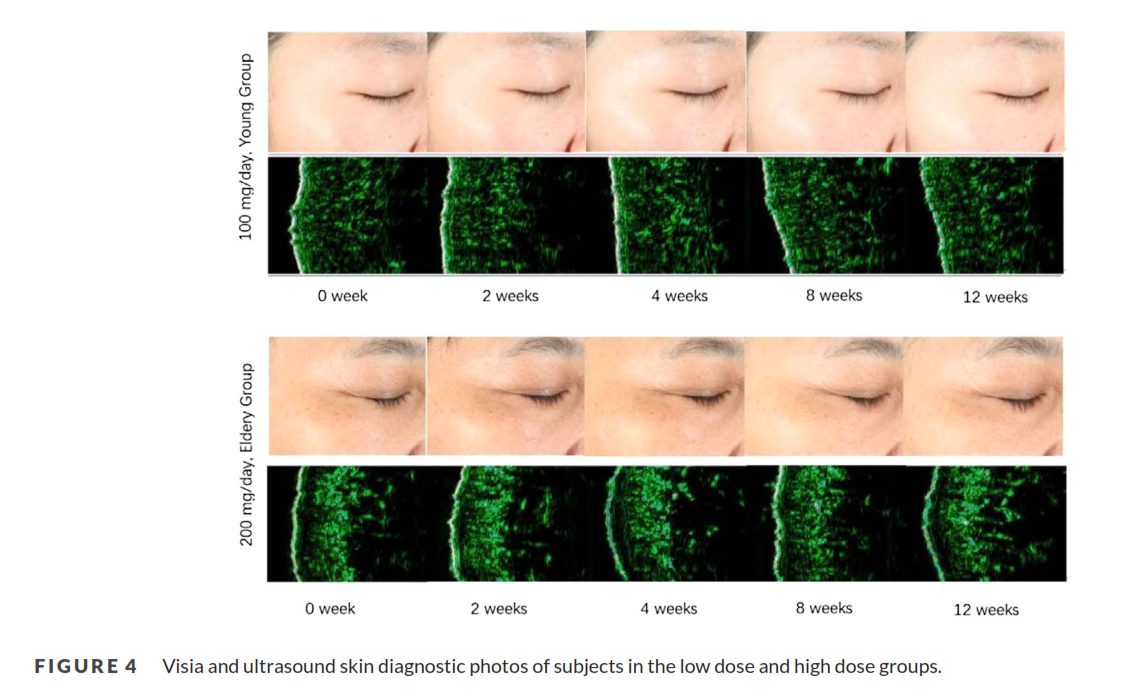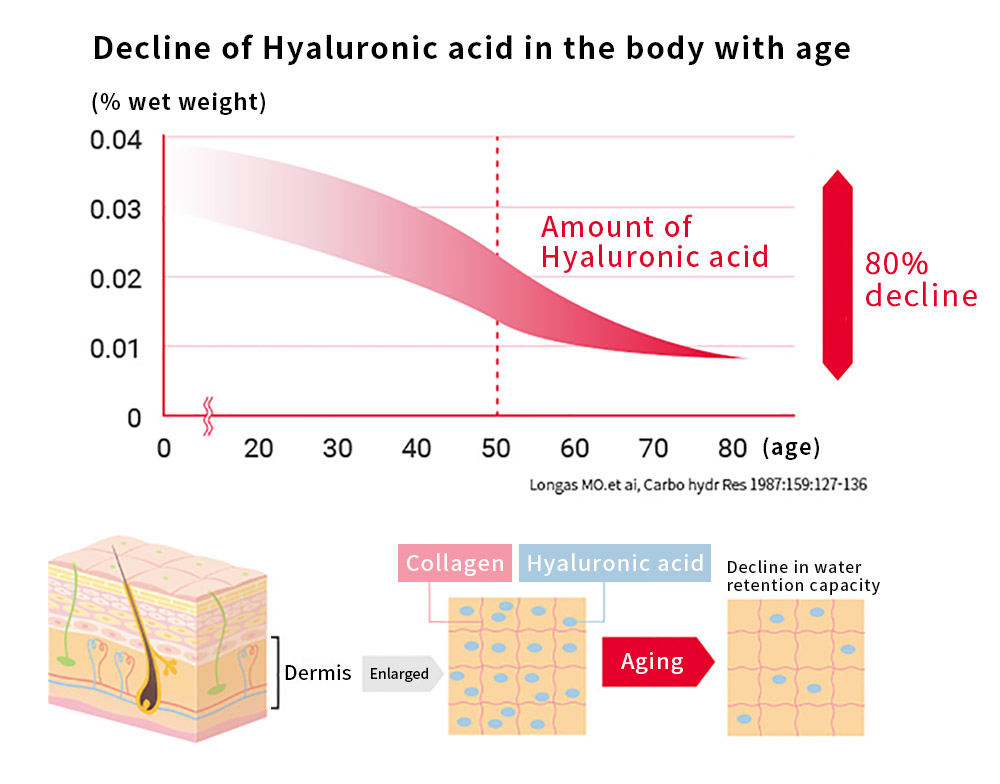Protocol for improved facial collagen synthesis
-
Oral hyaluronic acid has been shown to increase epidermis thickness. You may be getting enough from your diet. It is a component of Beef gelatin.

-
-
@DavidPS Hyaluronic acid is made endogenously as well. The precursors, UDP-glucuronic acid and UDP-N-acetylglucosamine are made during glycolysis.
So keeping the metabolic rate high should help provide hyaluronic acid too
-
@alfredoolivas - Thanks, you keep me thinking and that is a good thing.
The amount of hyaluronic acid in the body is known to decline with age.

Oral supplementation with hyaluronic acid has been shown to restore a more youthful skin texture.
-
@Cezar IPA beer and chocolate
-
Bump bump
-
Bump bbbb
-
@alfredoolivas said in Protocol for improved facial collagen synthesis:
@DavidPS Hyaluronic acid is made endogenously as well. The precursors, UDP-glucuronic acid and UDP-N-acetylglucosamine are made during glycolysis.
So keeping the metabolic rate high should help provide hyaluronic acid too
Does this imply counter-productive effects of topical vitamins in skin care if they were meant and suitable for increasing skin OXPHOS, since we need that glycolyis for precursors of hyaluronic acid? And the lactate from glycolysis for stem cell maintenance.
More topical sugar/dextrose peelings for everyone before going to bed to feed glycolysis in skin? -
@CrumblingCookie I don't know, but DHEA which directly inhibits glucose-6-phosphate dehydrogenase and hence lowers the precursors for hyaluronic acid, has shown to have rejuvinating effects on skin, and you need cofactors to produce hyaluronic acid, it's not all about availability of precursors.
-
estrogen increased HA : )
-
@alfredoolivas
Thanks. I'll will want to try out a topical +- 2-5% (D) lactic acid solution oversaturated with glucose for my skin as a kind of very soft peeling.
Need to find ways to put to good use those bagloads of dextrose powder which I have left over.And remember to take up eating yellow peppers regularly again
for their HAfor some regular, natural vit C content as per DavidPS's linked list. I don't have access to fancy guavas and papayas so yellow peppers are the most practical everyday source. -
@CrumblingCookie dude did you even read that page? none of those foods contain HA. it's just a list of foods with vitamin C.
-
@Cezar OP OP is a giga chad btw
-
@eduardo-crispino said in Protocol for improved facial collagen synthesis:
@CrumblingCookie dude did you even read that page? none of those foods contain HA. it's just a list of foods with vitamin C.
Ah what a load of clickbaiting crapcontenting. Thanks for the hint. Of course I hadn't read it.
-
@Cezar are you the guy from the photo?